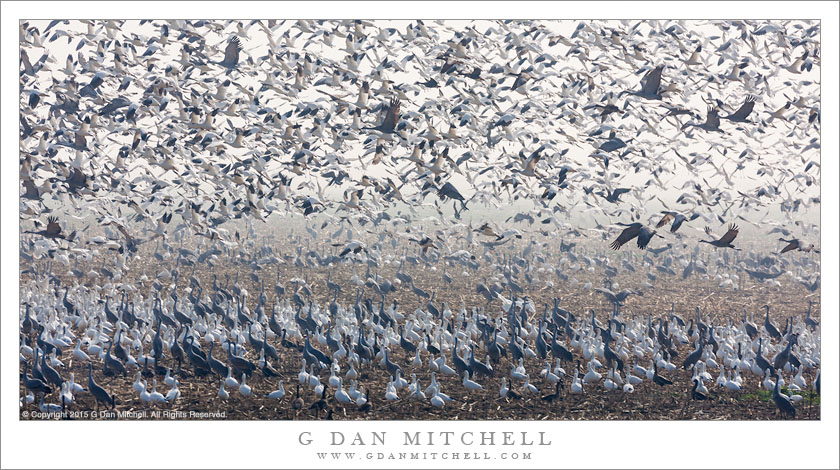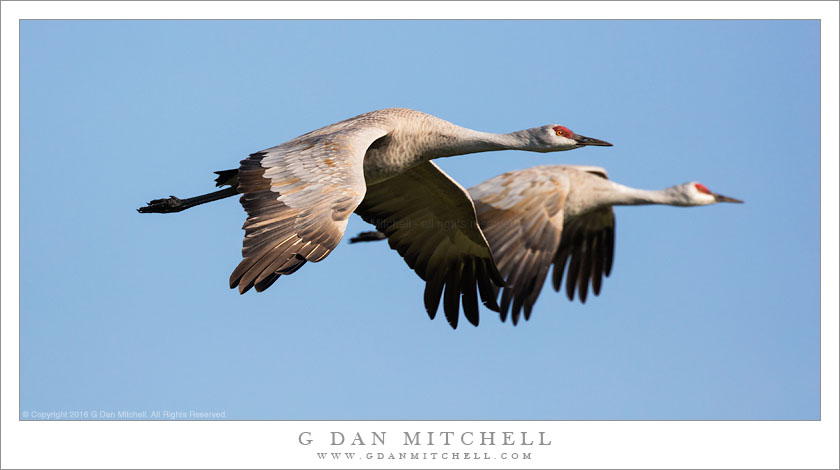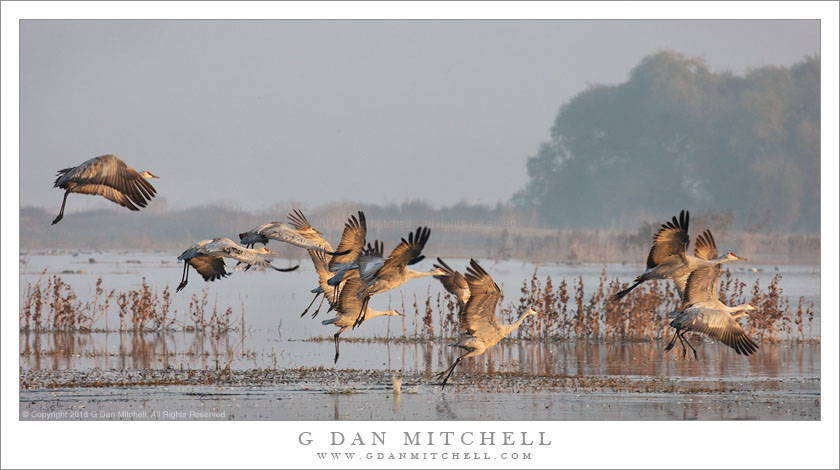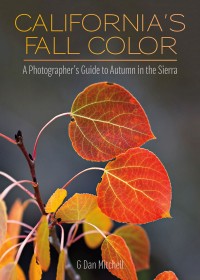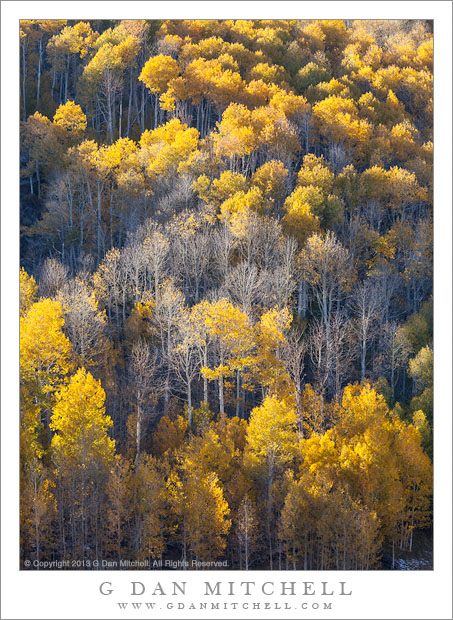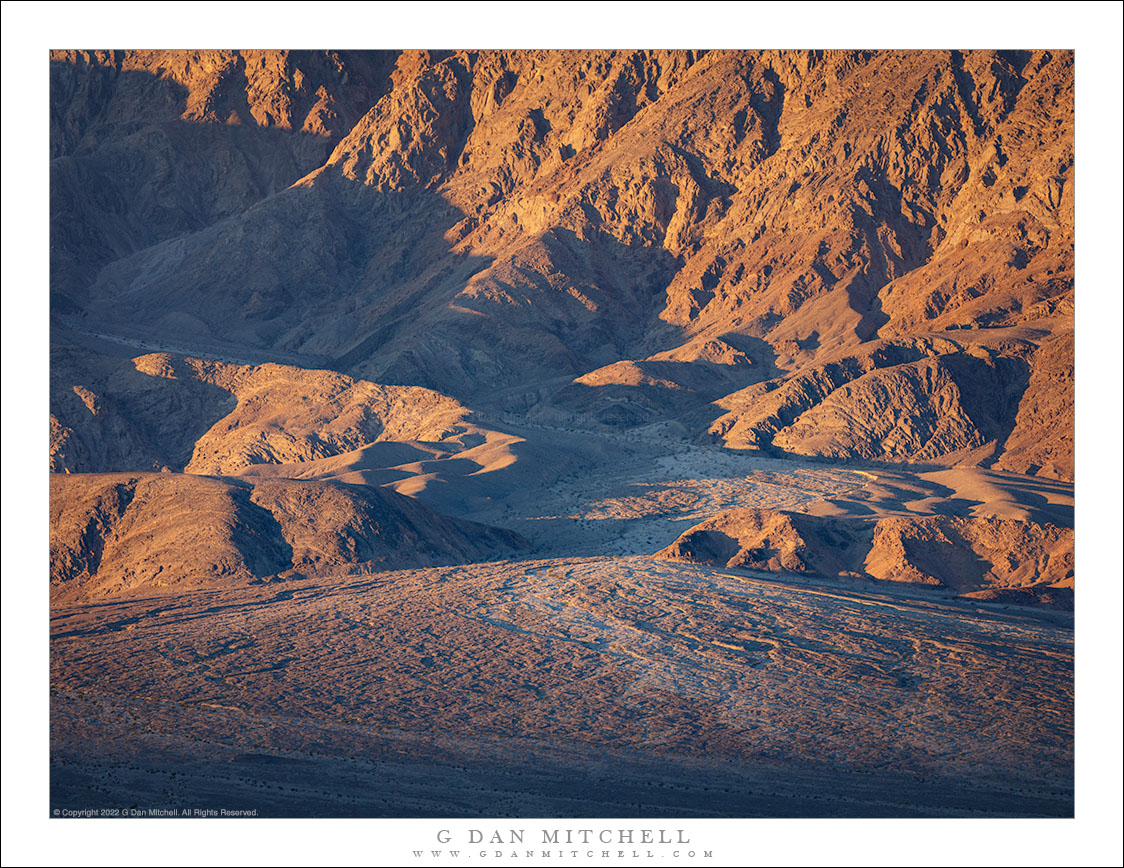
Wash and Alluvial Fan. © Copyright 2023 G Dan Mitchell.
Morning light on a gigantic alluvial fan at the base of desert mountains, Death Valley National Park.
This morning I am waking up in a place that is almost literally on the other side of the world from my “home country” of California. As I look out the window from a home in Kosovo toward high mountains at the start the day I am thinking about the storm impacting my state today, and the deserts regions such as Death Valley are especially on my mind as I read reports of tropical storm Hilary.
Our natural impression of places like Death Valley National Park (the part of California’s desert terrain that I know best) is of dryness, heat, aridity… of places where little grows and where challenges human visitors. It isn’t quite that simple, but there is truth to this. Our biggest concerns in such places are often the heat and the scarcity of water.
But I have long been impressed by the fact that there are few locations where the impact of water is more clearly visible than in the desert, especially in the rugged terrain of places like Death Valley. The valley was once a lake. Remnant water from that lake still appears and flows there. The tremendous mountains on either side of the valley were eroded and formed by water, and monumental alluvial fans flow out of side canyons everywhere. Deep watercourses cut through rock, and a close look at stones reveals that they were moved by water.
Even when we recognize the landscape-forming power of water, we still think of the landscape as now being static — formed by forces that worked in the past but now have left a stable geography. A few rocks fall, occasionally a wash overflows and takes out a small section of a road, a playa may fill temporarily with water… but soon everything is back to “normal” as it was.
But this morning it sounds like we may experience much more profound changes as Hilary sweeps though, the sort that occur at intervals measured centuries. Those of us who love this landscape may find our access cut off and that much changes after this storm. I’m both excited by and fearful of these effects — but in any case this is a powerful reminder of the scale of the forces at work in these places we love.
G Dan Mitchell is a California photographer and visual opportunist. His book, “California’s Fall Color: A Photographer’s Guide to Autumn in the Sierra” is available from Heyday Books, Amazon, and directly from G Dan Mitchell.
Blog | About | Twitter | Flickr | Facebook | Email
Links to Articles, Sales and Licensing, my Sierra Nevada Fall Color book, Contact Information.
Scroll down to leave a comment or question. (Click this post’s title first if you are viewing on the home page.)
All media © Copyright G Dan Mitchell and others as indicated. Any use requires advance permission from G Dan Mitchell.

